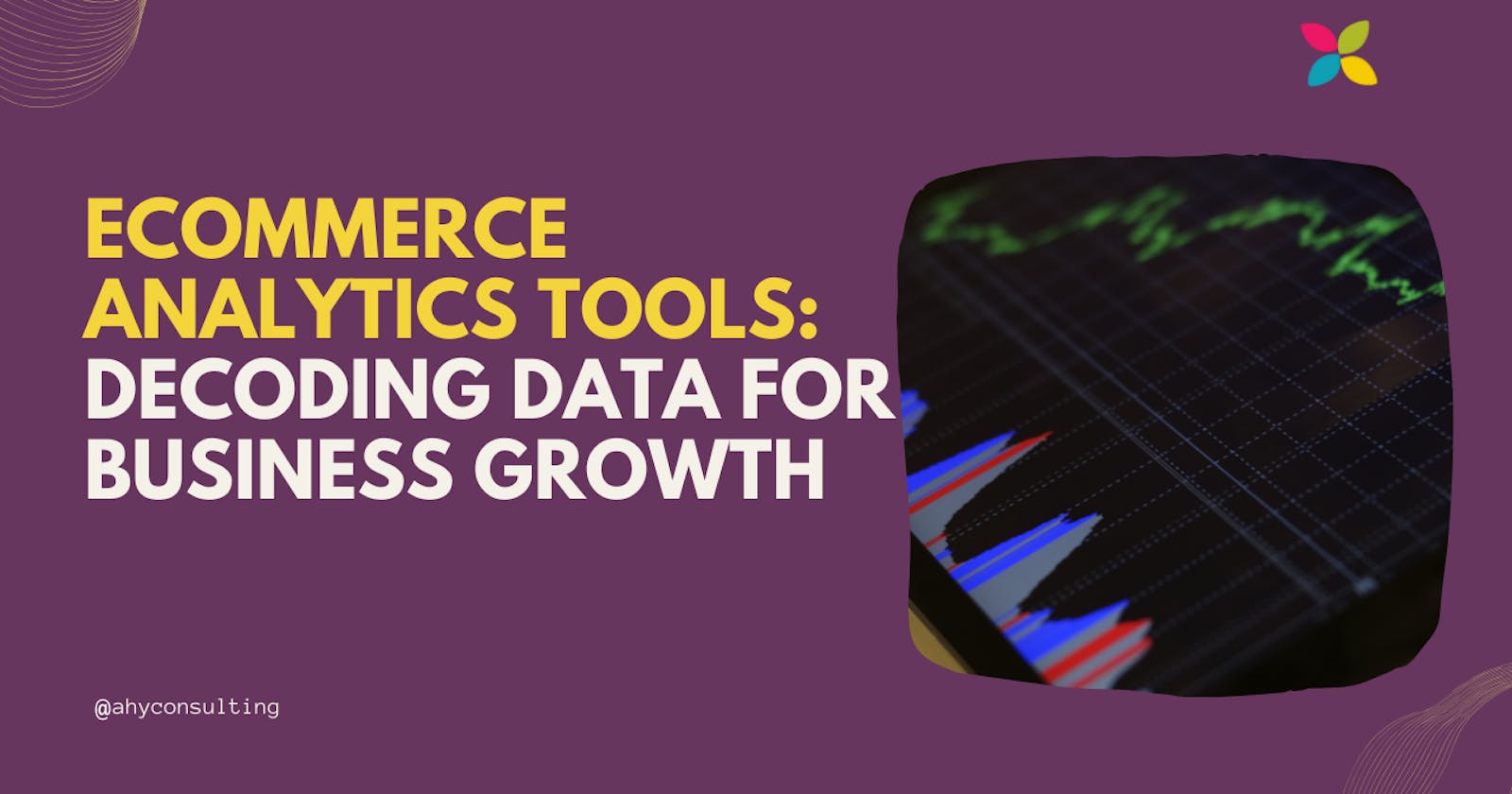eCommerce Analytics Tools: Decoding Data for Business Growth
Unlocking Insights: How Analytics Tools Propel eCommerce Success
In the dynamic world of eCommerce, data is more than just numbers—it's the lifeblood that fuels decision-making and strategic planning. Effective use of eCommerce analytics tools can be a game-changer, providing deep insights into customer behavior, market trends, and operational efficiency. Let’s dive into how these tools can decode data for business growth and the key aspects to consider when leveraging them.
Understanding the Power of eCommerce Analytics
Analytics tools in eCommerce go beyond basic traffic and sales data. They offer a comprehensive view of various aspects like customer acquisition, retention, conversion rates, website performance, and much more. By effectively analyzing this data, businesses can make informed decisions, optimize their strategies, and stay ahead of the competition.
Impact:
Data-driven decision-making leads to increased efficiency, higher ROI, and enhanced customer satisfaction.
Key Features to Look for in eCommerce Analytics Tools
1. User-Friendly Interface
Choose tools that offer an intuitive and easy-to-navigate interface. It should allow you to access and interpret data without needing extensive technical expertise.
2. Real-Time Data Analysis
Opt for tools that provide real-time analytics, enabling you to respond quickly to trends, issues, or opportunities as they arise.
3. Integration Capabilities
The tool should seamlessly integrate with your existing eCommerce platform and other business systems like CRM, marketing automation tools, and ERP systems.
4. Comprehensive Reporting
Look for tools that offer a range of reporting features, including customizable reports, visual dashboards, and the ability to track key performance indicators (KPIs) relevant to your business.
How to Leverage eCommerce Analytics for Growth
1. Understanding Customer Behavior
Use analytics to gain insights into customer preferences, shopping patterns, and behavior. This information can help tailor marketing campaigns, improve product offerings, and enhance the overall customer experience.
2. Optimizing Marketing Campaigns
Track the performance of marketing campaigns in real-time. Adjust strategies based on what resonates with your audience, ensuring better use of your marketing budget.
3. Enhancing Website Performance
Analyze website data to identify pain points in the user experience. This can include improving site navigation, optimizing page load times, and refining the checkout process.
4. Inventory and Sales Forecasting
Utilize predictive analytics for inventory management and sales forecasting. This helps in maintaining optimal stock levels and planning for seasonal demands or market trends.
Conclusion
eCommerce analytics tools are not just about collecting data; they're about unlocking insights that can drive business growth and innovation. In a market driven by data, these tools are indispensable for any eCommerce business looking to thrive in today’s competitive landscape.
Want to harness the full potential of eCommerce analytics for your business? Connect with an eCommerce Analytics Expert today.

